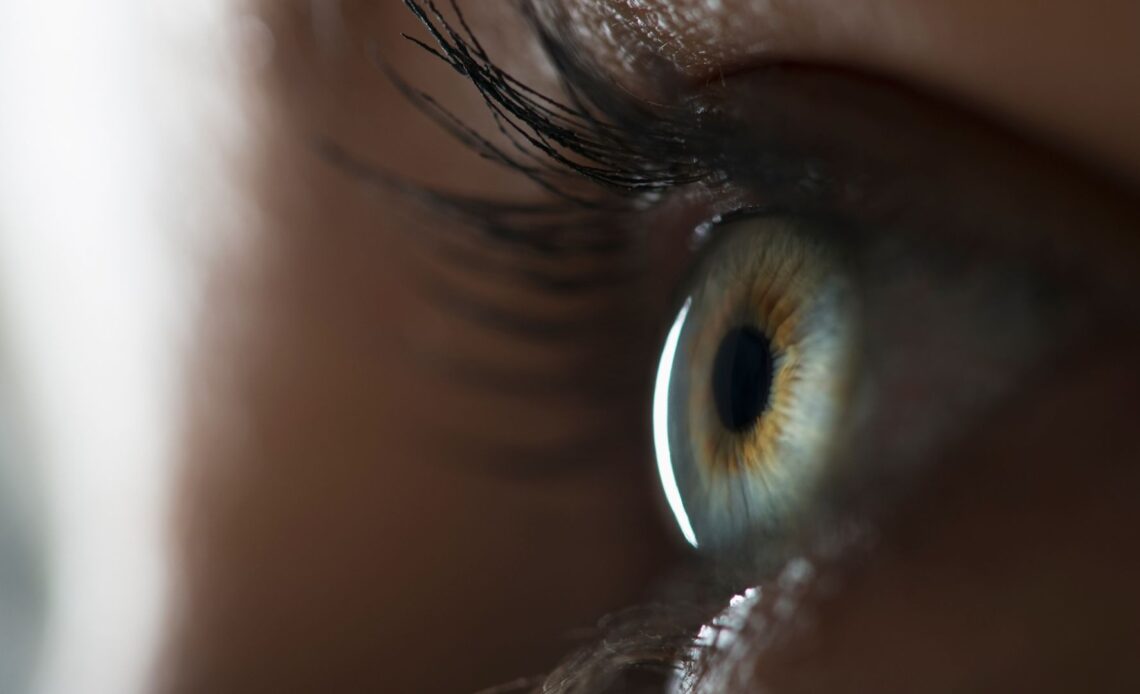Two people with a rare inherited eye disorder have had their night vision restored by an experimental gene therapy, researchers say.
These two individuals are part of an ongoing clinical trial (opens in new tab) testing the safety and effectiveness of the new gene therapy, the research team wrote in a report published in October in the journal iScience (opens in new tab). This and additional trials will need to be completed before the therapy can be approved for widespread use, but these early data hint that the treatment can spur “remarkable gains” in patients’ night vision, the scientists wrote.
The trial participants have a genetic disorder called leber congenital amaurosis (LCA), which affects an estimated 3 in 100,000 babies, according to University of Florida Health (opens in new tab), one of the institutes involved in developing the therapy.
The disorder primarily affects the retina, the light-sensitive layers of nerve tissue at the back of the eye, and causes severe visual impairment, night or complete blindness within the first two years of life, often from the time of birth, according to the Genetic and Rare Diseases Information Center (opens in new tab). Different forms of LCA impact different genes involved in vision.
Related: Genes from algae helped a blind man recover some of his vision
The trial participants specifically have “LCA1,” meaning they carry two defective copies of a gene called GUCY2D, which codes for a protein. Normally, light-sensitive cells in the retina shoot off an electrical signal to the brain after being exposed to light, and the GUCY2D-coded protein then helps reset the cells, preparing them to fire again. GUCY2D is especially important to rods, the light-sensitive cells that enable night vision, because it enables this cycle to unfold even in the dark.
Without a working GUCY2D gene, this cycle stalls and the cells can’t fire, according to the National Library of Medicine (opens in new tab).
Although the cells can’t fire properly, their actual structure and number remain largely unchanged; this is especially true of the rods in the retina. (There are also cones in the retina, which enable color vision, but research suggests that people with LCA1 often have marked cone loss, the researchers noted in their report.)
In theory, providing these rods with a working copy of GUCY2D could restore their ability to fire, the researchers surmised.
To deliver a working copy of GUCY2D into the retina, the researchers…
Click Here to Read the Full Original Article at Livescience…

